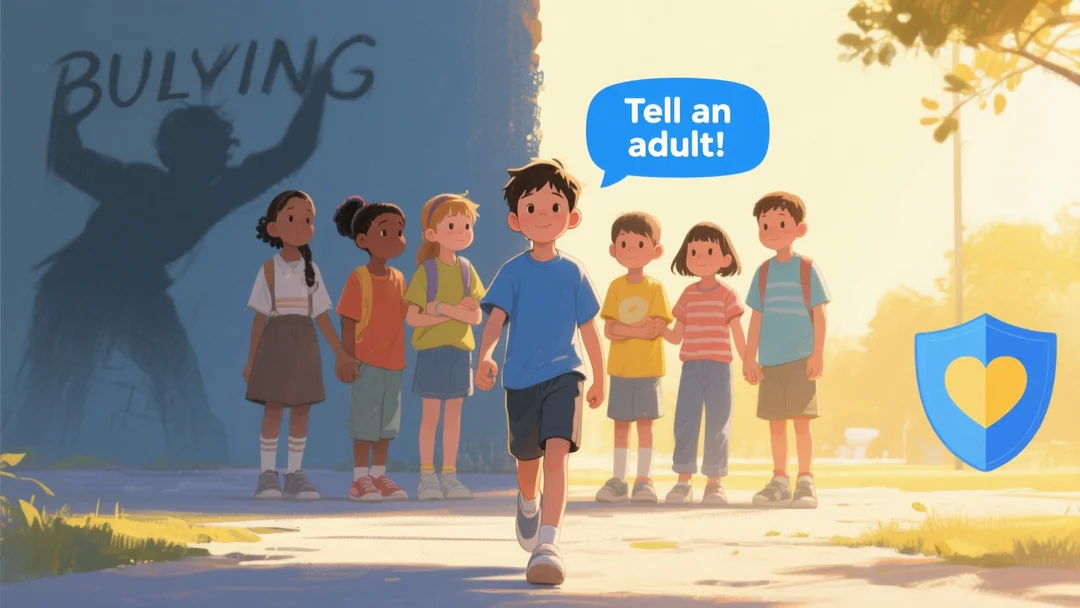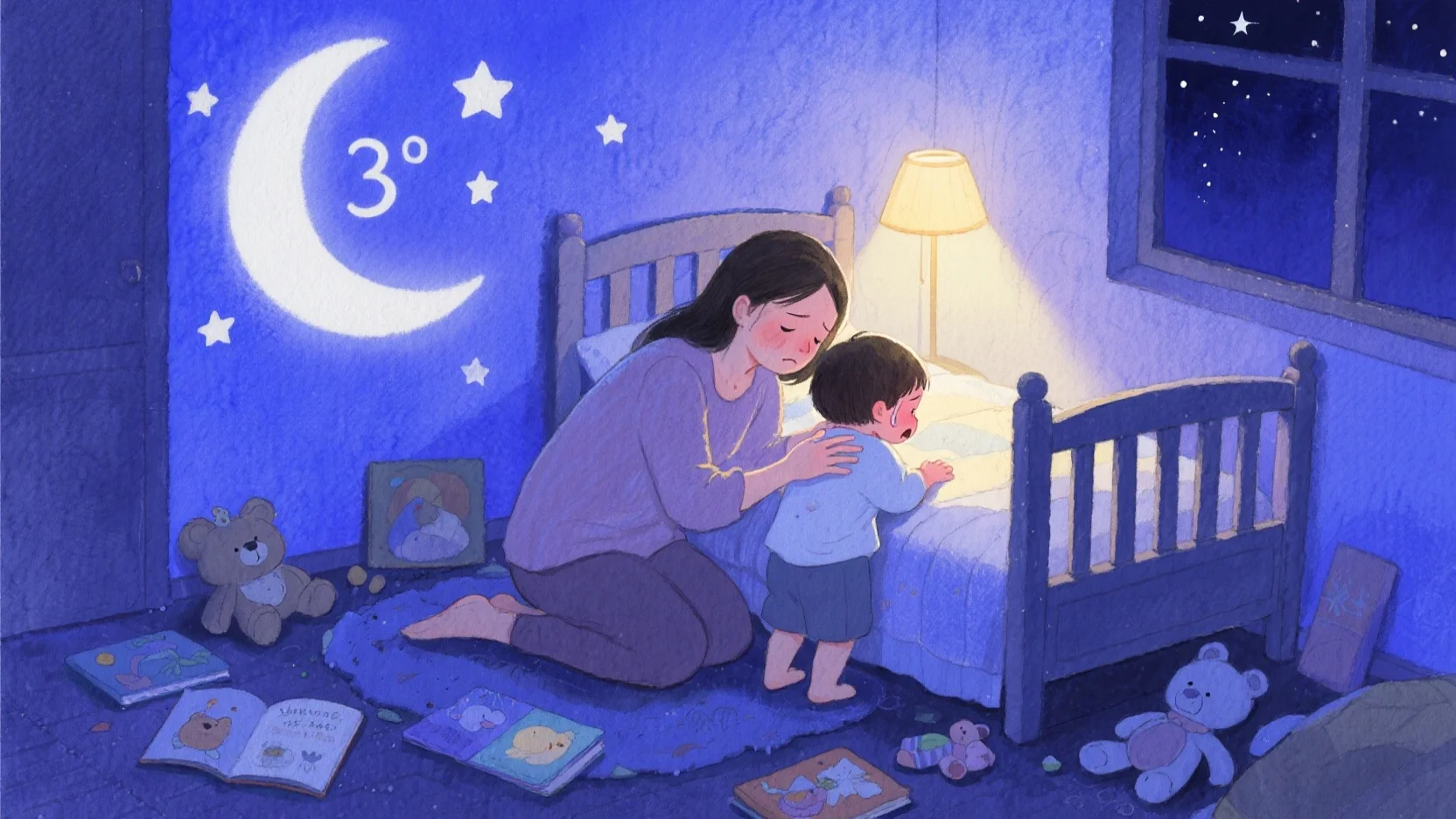Bullying isn’t just a middle-school problem—it can start as early as kindergarten. Whether it’s teasing at the bus stop or exclusion at recess, bullying can leave lasting emotional scars. Here’s how to recognize the signs, support your child, and take action.
What Is Bullying?
Bullying is repeated, intentional harm—physical, verbal, or emotional. It’s more than occasional teasing; it’s a pattern of cruelty that leaves kids feeling powerless.
Common Forms of Bullying
- Physical: Hitting, shoving, stealing belongings.
- Verbal: Name-calling, threats, humiliating jokes.
- Social: Exclusion, spreading rumors, cyberbullying.
Extreme cases can involve threats, property damage, or even violence.
Why Do Kids Bully?
Bullies often act out because they:
✔ Crave power (targeting kids who seem vulnerable).
✔ Copy behavior (from home, TV, or peers).
✔ Struggle with self-esteem (putting others down to feel better).
Note: Some bullies are bigger/stronger, but emotional bullying can be just as damaging.
Signs Your Child Is Being Bullied
Kids rarely admit they’re being bullied. Watch for:
🚩 Unexplained injuries or “lost” belongings.
🚩 Avoiding school or social situations.
🚩 Sudden mood swings (anger, anxiety, withdrawal).
🚩 Trouble sleeping or eating.
How to start the conversation:
- Use TV shows/books: “What would you do if this happened to you?”
- Share your own experiences to make them feel less alone.
How Parents Can Help
1. Listen Without Overreacting
- Stay calm so your child feels safe opening up.
- Validate their feelings: “That sounds really hard. I’m here for you.”
2. Report It
- Contact the school (teachers, counselors, or principals).
- Know the policies: Many schools have anti-bullying programs.
3. Teach Coping Strategies
- Use the buddy system (bullies target kids who are alone).
- Practice assertive responses: “Stop. That’s not funny.”
- Walk away and tell an adult.
4. Boost Confidence
- Encourage friendships through clubs or sports.
- Highlight strengths: “You’re great at drawing! Let’s frame this.”
What NOT to Do
❌ Tell them to fight back (violence escalates things).
❌ Blame your child (“Just ignore it” isn’t enough).
❌ Confront the bully’s parents first (school mediation is safer).
When Bullying Becomes a Crime
If your child faces threats, theft, or physical harm, contact:
- School authorities (demand a safety plan).
- Police (if laws are violated, like cyberbullying or assault).
Final Advice
Bullying hurts, but your support can make all the difference. Teach resilience, advocate at school, and remind your child: They don’t have to face this alone.
Need more help? Check out StopBullying.gov for resources.








